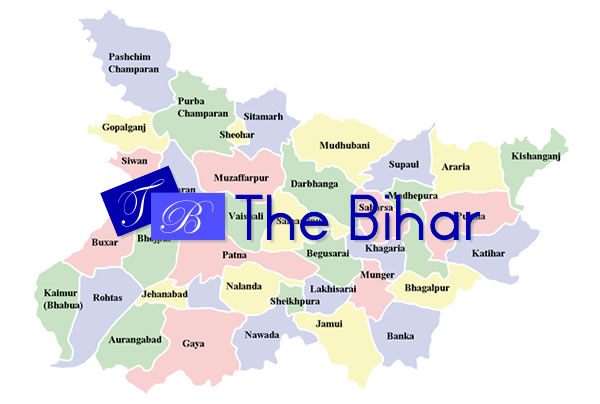Ganga riverfront work cheers up World Bank
3 min read
The World Bank’s happy.
The Nitish Kumar government on Friday got a pat from the World Bank for the progress in the ambitious Ganga riverfront development project in Patna.
World Bank country director Onno Ruhl on a visit to Patna expressed satisfaction over the progress of the riverfront development project and claimed that work on the three ghats would be completed by Chhath this year.
The project falls under the ambit of National Ganga River Basin Authority (NGRBA), which is a World Bank-funded scheme aimed at effective abatement of pollution and conservation of Ganga.
“The work on the project is going on at a fast pace, especially considering the arrival of monsoon. The progress is on schedule and we expect that the project would be completed by June 2016. Three ghats are expected to be ready by Chhath this year,” said Ruhl.
Accompanied by Raj Kumar, joint secretary at the department of economic affairs under the Union ministry of finance and several other officials of the state government, Ruhl moved in a small ferry in the Ganga along its bank between Kali Ghat and Naujar Ghat.
The Ganga riverfront development project is aimed at redeveloping the riverbank as recreational and cultural hub to give an urban face to the city. The project entails development of 6.6km-long and 15ft-wide walkway along 20 ghats in Patna complemented with amenities, including decorative street lamps, public lavatories, 500 benches, green cover among others.
The foundation stone for the Ganga riverfront project was laid by Nitish on February 12 last year. The project is being executed by the Bihar Urban Infrastructure Development Corporation (Buidco), an executing agency of the urban development and housing department. Administrative approval and expenditure sanction for the project was issued by the ministry of environment, forests and climate change in June 2013 for an estimated outlay of Rs 254.52 crore, based on a 70:30 cost-sharing model between the Centre and the state.
According to sources, 70 per cent of the total project cost has been contributed by the Centre (NGBRA) and the rest 30 per cent expenses has been borne by the state. The World Bank has contributed 90 per cent in the share of the Centre, which comes to 63 per cent of the total project cost.
The work is on at six ghats – Raja, Bhadra, Barahwa, Hanuman, Alamganj and Pathri. An official statement released by the World Bank on Friday stated that Larson & Turbo- the firm awarded the contract for the project – has been on board since April 2014 with a project period of 26 months. Civil works, including ghats, promenade sections and toilet complexes have begun.
The project divides a total of 20 ghats forming the riverfront in Patna into four urban precincts. Precinct I covers the riverfront between the Collectorate Ghat and Mahendru Ghat. Its target is the people from the areas around Gandhi Maidan. Precinct II covers the riverfront between Mishri Ghat and Patna College Ghat, which would mainly cater to the youngsters coming to the university and the medical college.
Precinct III covers the riverfront between Gandhi Ghat and Rani Ghat, which would supplement the religious activities undertaken in the area. The urban precinct IV covers the riverfront between Bhadra Ghat and Nauzar Ghat, which would mainly cater to the mixed community spread in densely populated areas in that stretch.
A range of public amenities are also being constructed under the project, including changing rooms, public toilets, multifunctional kiosks.
Courtesy: The Telegraph


